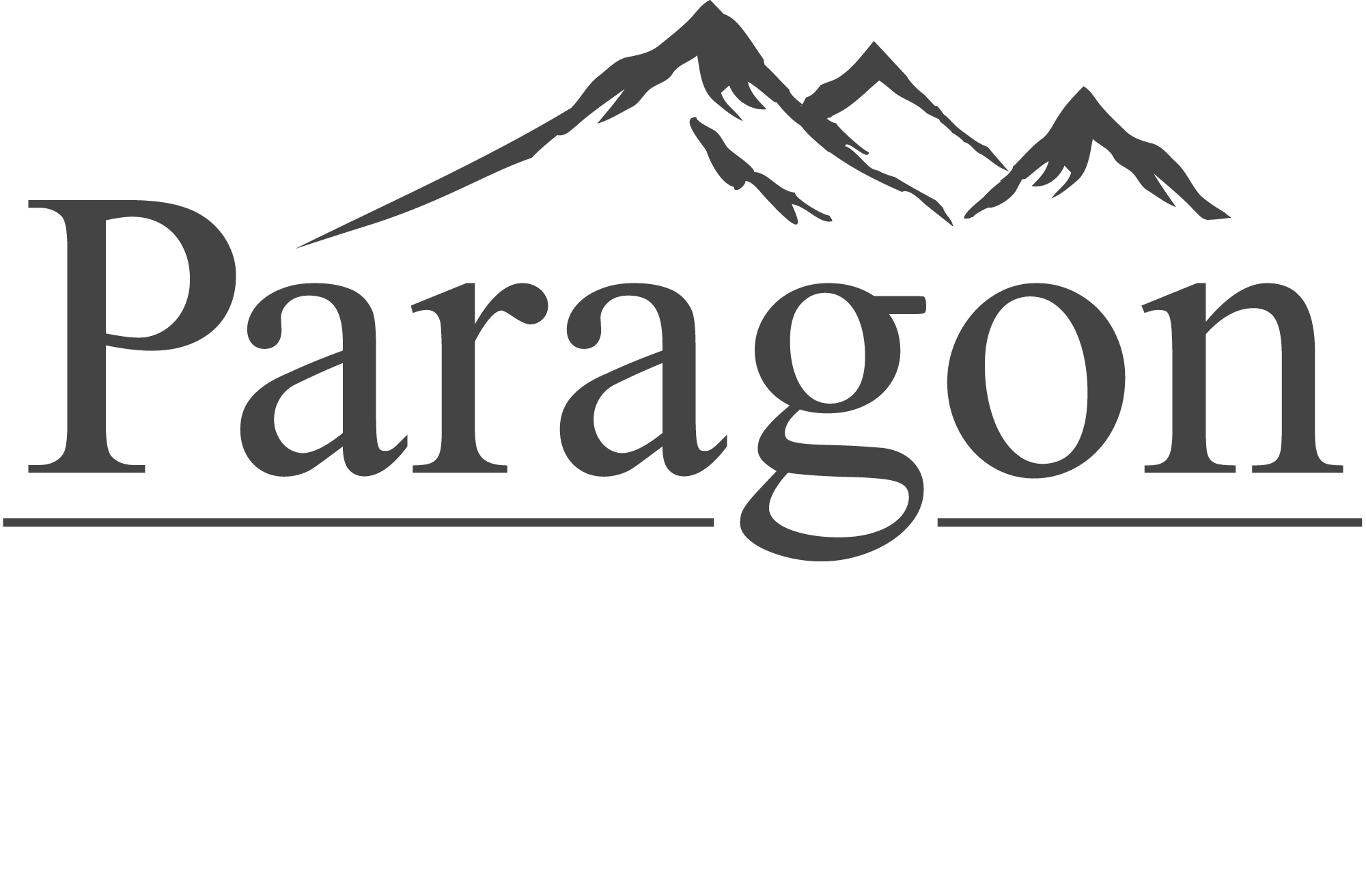Categories

Nuclear News Asks: What is the most difficult part to replace?
The nuclear industry should give itself a pat on the back: a quick review of plant capacity factors and plant trip trends demonstrates that, for the most part, the industry is very resourceful when it comes to locating even the most difficult-to-find replacement parts. That said, some parts are harder to replace than others. It’s important to note, however, that the challenge of replacing parts is not generally due to the part itself, but is instead the result of inadequate planning at the plant.
In our experience, the level of difficulty varies from situation to situation and is highly dependent on the timeline required to have the component back in service. The easiest part to replace is the one plant management knows will need to be replaced well in advance. Forward-looking, plant-managed programs such as a critical spares program, an active obsolescence program, or a repair/refurbishment maintenance program can all help mitigate part replacement challenges. Paragon has partnered with several utilities to develop data-informed programs to identify critical spares, obsolescence issues, I&C circuit card repairability, parts quality issues, and reverse engineering opportunities. If a plant does not have a well-defined and effective parts management process, then every needed part can become an emergent issue and likely becomes more difficult to replace.
Of course, no plant can plan perfectly nor have every potential part in stock. Luckily, the nuclear industry has pooled resources so plants can buy parts 24 hours a day, 7 days a week. A buyer can easily search a parts database, such as PeAks or RAPID, to determine if other plants or suppliers have the needed part in inventory. If the item is available, most of the time the plant can take delivery of the part the next day.
However, some of the most difficult-to-replace parts are typically associated with unique metal castings, custom transformers, or large custom motors. Parts in these categories create significant problems with long-lead-time solutions. Often, a utility has no option but to wait for the part to be manufactured.
While there are many options available to the nuclear industry for parts supply, it is incumbent on utilities to both build a relationship with a trusted supplier and – very importantly – form a strategy for long-term operation. In the end, the most difficult part to replace is the one that is not planned.
See the full article here.
Interview with John Portillo, Senior Director Nuclear Sales Operations
Paragon Energy Solutions
